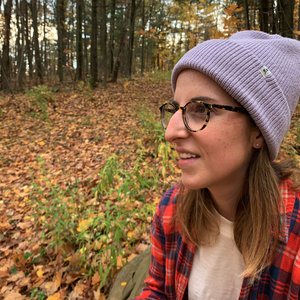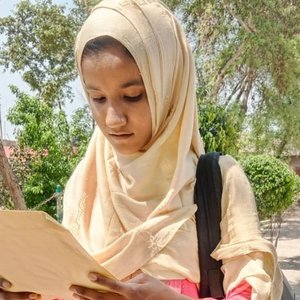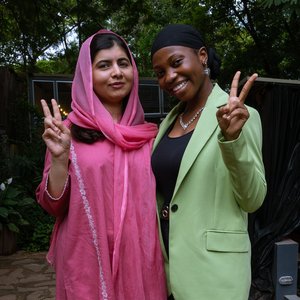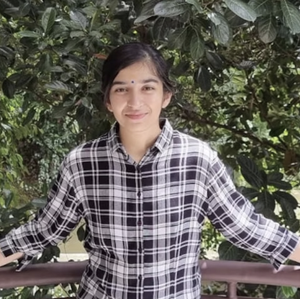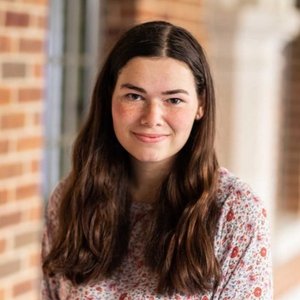How can girls change their communities? Kiara Nirghin has it down to a science.
(Courtesy TEDxPretoria)
Kiara Nirghin never would have guessed the impact her simple science project would have on her — and the world.
But ever since the 18-year-old won the Google Science Fair with her idea to help South Africa’s drought-plagued crops, “every single thing” has changed in her life.
Her invention — a new material created from orange peels and avocado skins that can hold up to 300 times its weight in water — earned her first place in the international competition for budding scientists and plenty of media coverage. Kiara also landed a book deal, delivered a TED Talk, was featured in both Cosmopolitan South Africa’s 19 Under 19 roundup and the “New Wave of Disruptors” in Forbes (where she also admitted to taking a selfie with one of her heroes, Sundar Pichai, CEO of Google).
With her newly-found fame, Kiara is encouraging other girls to get involved in STEM (science, technology, engineering and mathematics) and to use their skills to solve problems in their communities.
In her home of South Africa, Kiara notices that girls aren’t pushed to pursue careers in STEM. She believes this bias is not only holding back girls, but also our world. “If the cure to cancer is in a young girl's mind, if she doesn't have the opportunity to learn STEM, we're not going to get the solution. We need to give girls the necessary resources to create change,” Kiara says.
She now works with UNICEF South Africa and GirlsHelpGirls.org to mentor young women in STEM. Kiara believes that “it is important to know that young people need role models, someone to look to for inspiration.”
“If the cure to cancer is in a young girl’s mind, if she doesn’t have the opportunity to learn STEM, we’re not going to get the solution. We need to give girls the necessary resources to create change.”
Kiara recognises that even when girls have the skills to succeed, speaking with adults can often be intimidating. When she presented her project at the Google Science Fair, she remembers it being “a bit scary at first.” She was nervous to address the judges and thought, “They are experts, I’m just a child.”
She overcame that fear after a fellow entrant gave her some advice: “No one knows your project better than you.” Kiara realised just because someone is older doesn’t mean they are more knowledgeable, especially if you’ve done your research.
For fun, Kiara loves to read — though she makes a point to say that “research is fun,” too. Some of her favourite authors are Dan Brown, Stephen King and Khaled Hosseini, but she also enjoys non-fiction and feminist books from authors like Chimamanda Ngozi Adichie and Naomi Alderman. “If you look at my cupboard, half of my books are about feminism and half are about science,” Kiara says gleefully.
In September, Kiara will attend Stanford University where she hopes to study engineering. She has not decided what area she wants to focus on — perhaps biomedical engineering or computer science.
(Courtesy Cosmopolitan South Africa)
Kiara has inspired girls around the world to pursue science. So who inspires Kiara? In addition to Malala, Kiara admires Pavni Diwanji, Vice President of Engineering at Google. She is motivated by Diwanji’s message that “we have to make space for women... to start companies and create opportunities.”
Through her public speaking, mentorship and pioneering discoveries, Kiara has become a much-needed role model for girls in STEM — and she is eager to welcome more brilliant minds to join her.
 Read more
Read more








